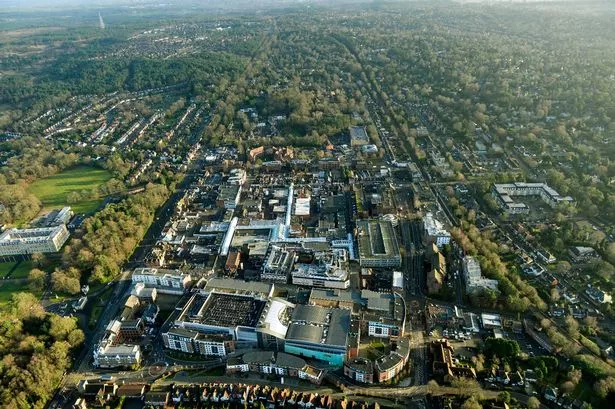In early 2025, a significant wave of layoffs has hit major technology companies, with over 80,000 jobs eliminated as firms like Amazon, Microsoft, and IBM accelerate their investment in artificial intelligence (AI). Amazon recently announced the reduction of 14,000 corporate positions, a move that reflects a broader strategic shift within the industry towards more efficient operations driven by AI capabilities. According to Business Insider, this decision aligns with CEO Andy Jassy’s vision of transforming Amazon into “the world’s largest startup,” leveraging AI to streamline management structures.
Microsoft is also trimming its workforce, citing its substantial push into AI via its Azure platform and collaborations with OpenAI. Meanwhile, IBM is restructuring divisions to prioritize AI development, leading to notable reductions in headcount. Reports from Livemint indicate that these layoffs are part of a larger trend where companies are reallocating resources from human labor to computational power.
AI Investments Drive Workforce Reductions
The current layoffs are not solely a result of automation replacing routine tasks. Instead, they signify a strategic pivot in which companies are “trading talent for GPUs,” as noted in a viral analysis on TikTok. For instance, Amazon’s job cuts aim to bolster profit margins within its AWS cloud division by funding extensive AI infrastructure without significantly increasing payroll expenses. Insiders suggest that while AI tools are automating functions like code reviews and customer service, these layoffs also address overstaffing that occurred during the pandemic.
Critics argue that AI serves as a convenient justification for broader cost-cutting measures. A piece in Business Insider raises questions about whether the job losses are genuinely driven by AI or merely a cover for efficiency initiatives amid economic challenges. Notably, Microsoft’s layoffs coincide with record profits, suggesting that AI investments enhance margins rather than dramatically displacing workers at this stage.
Changing Landscape for White-Collar Workers
These developments have accelerated predictions regarding what some refer to as the “AI job apocalypse.” As reported by Business Insider, Amazon’s actions have hastened forecasts of widespread disruption among white-collar professionals by five years, affecting roles in marketing, finance, and operations that were previously considered secure from automation. Discussions on platforms like X (formerly Twitter) reveal growing concern among tech workers, who are questioning whether companies such as Intel and Meta are using AI as a facade for workforce reductions.
Analysis from Fortune indicates that while AI is indeed reshaping job roles, the layoffs also stem from necessary adjustments within a maturing tech sector. The situation underscores a fundamental realignment in the industry, as companies seek to balance innovation with workforce stability.
As these major tech firms invest billions into AI, the rationale behind layoffs—whether rooted in genuine technological displacement or as part of strategic realignment—will significantly influence hiring practices in the future. According to a tracker by NDTV Profit, a total of 128,732 tech jobs have been cut across 218 companies this year. This figure serves as a stark reminder that while AI holds the promise of improved efficiency, it also entails substantial human costs.
Executives must carefully navigate this shifting landscape to avoid losing valuable talent, even as Wall Street seems to favor the leaner operational models emerging from these restructurings. The future of work in the tech industry is being reshaped, and the implications of these layoffs will resonate for years to come.







